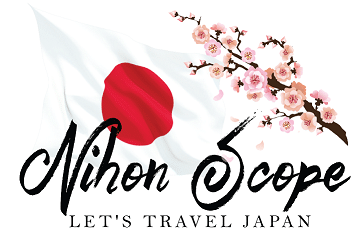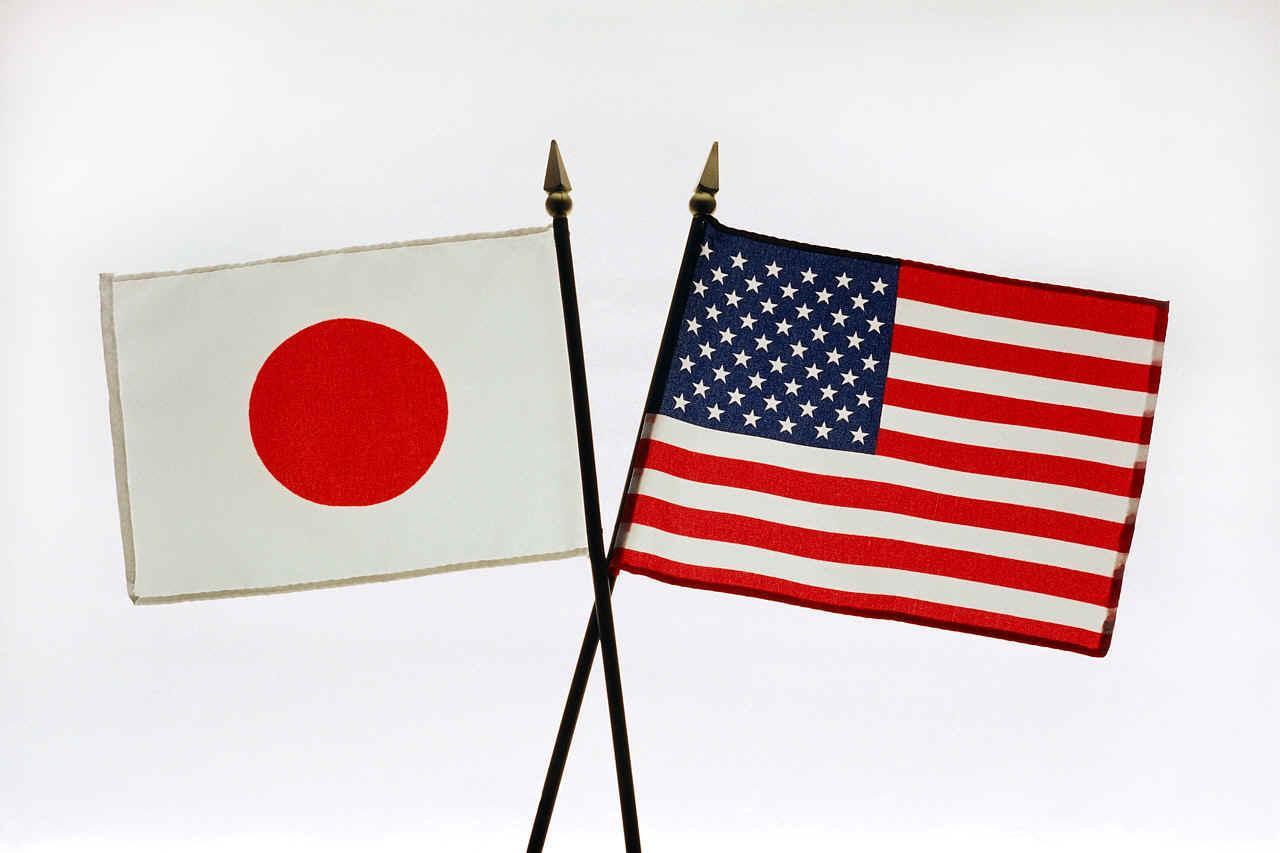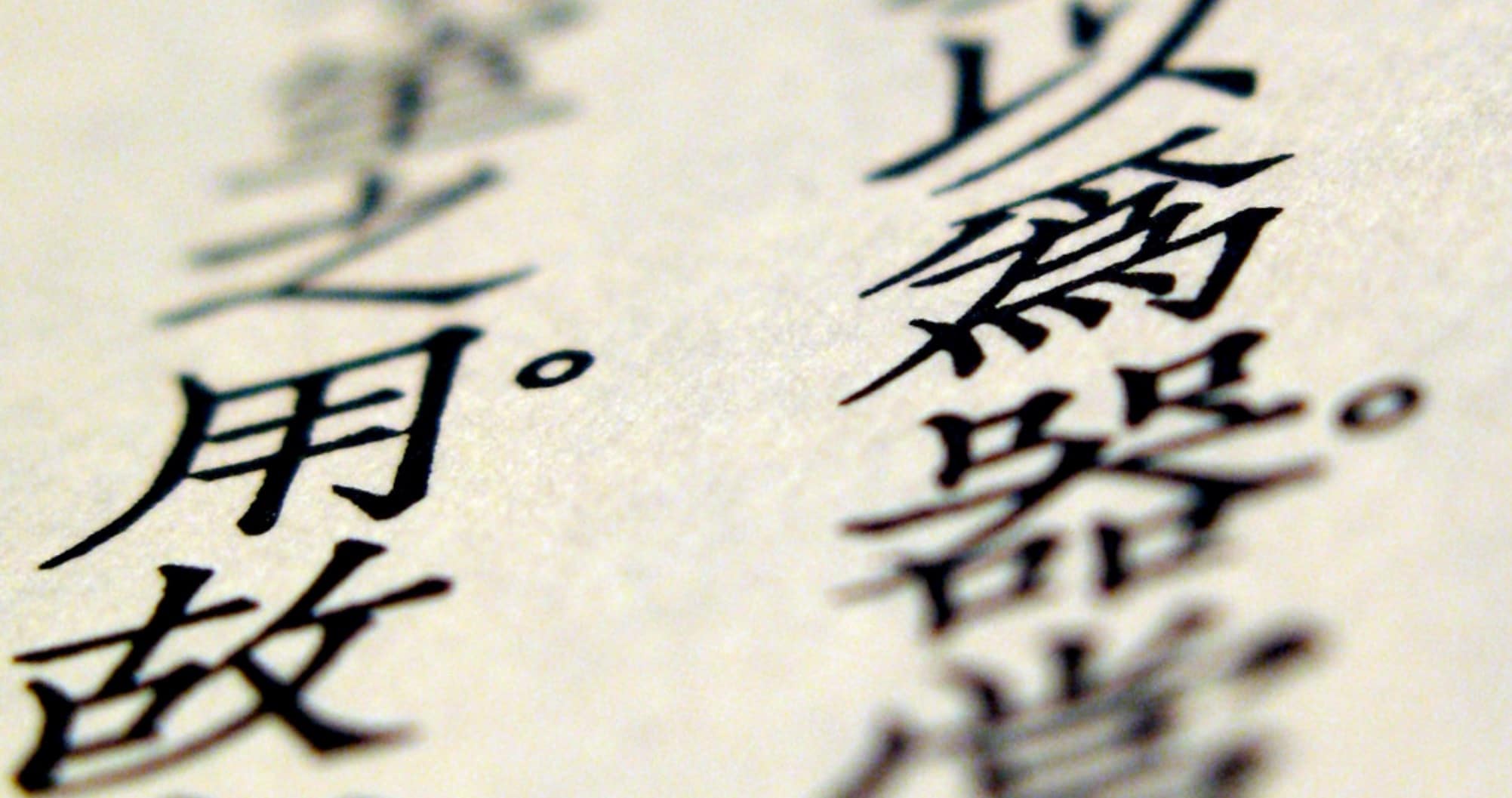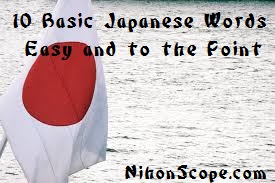 What do you say in Japanese if you want to say “hors d’oeurve?”
What do you say in Japanese if you want to say “hors d’oeurve?”
Dude… I swear I remember this one! It’s.. it’s…. uuuhhh…
I was actually going through Kanji Gold yesterday and I came upon a vocabulary word and it was for “hors d’oeurve”, I thought I had used it enough the first day that I thought I had remembered the word. But as I awoke today I was asked if I’d like some hors d’oeurves, which happened to be some dip, crackers and cheese. Then I thought, “oh man, I just learned how to say that in Japanese yesterday”. So I tried with all my might, yet it didn’t come to the surface, so I had to go through Kanji Gold again and go through the lesson of vocabulary words I was working on. I eventually came to it.
Now, let me point out, this word is used for Japanese Hors D’ourves mostly, but it’s a good thing to remember as I’ll point out here shortly.
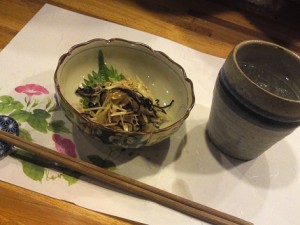 Tsuki-dashi is the word in Japanese for hors d’oeurvre.
Tsuki-dashi is the word in Japanese for hors d’oeurvre.
突き出しor つきだしin pure hiragana.
Appetizer in Japanese is O-tooshi – お通し – おとおし
Now to go a bit further into this where you actually may see this while in Japan is when you visit a Izakaya (a bar essentially in Japan), they will many times serve you something like this. It’s called O-tooshi Tsuki-Dashi. It means first snack with first drink.
And it can be a dozen different things that they give you.. But be-warned, this o-tooshi tsuki-dashi is actually not free. You can read more about this custom in izakaya by checking this post out here.
In the end though when looking for this vocab word again I found that even by searching the internet I was unable to find this simple word for the Japanese equivalent to this yummy word (through simple how to’s searches), and of course Google translate is just absolutely horrid for most things when it comes to translating Japanese to English. If you’d like to check out my free Japanese resources you can check out this page here. Over the last 15+ years of learning Japanese I’ve run across several different sites and books that can really help when you start studying like your life depends on it. Even though I’ve been studying off and on for 15 years I don’t believe I really gave it much of a go until the last 2 years when I ran into the website Nihongo Master. I strongly suggest looking into Nihongo Master if you want to quickly learn how to read, write and speak REAL Japanese.
Now you know, when someone asks you if you want Hors D’ourves in Japanese, you can certainly say ..”no/iie” 😀
PS: Just a side note, many of the izakaya will not really give you much time to wave it away if you plan on not having tsuki-dashi.
